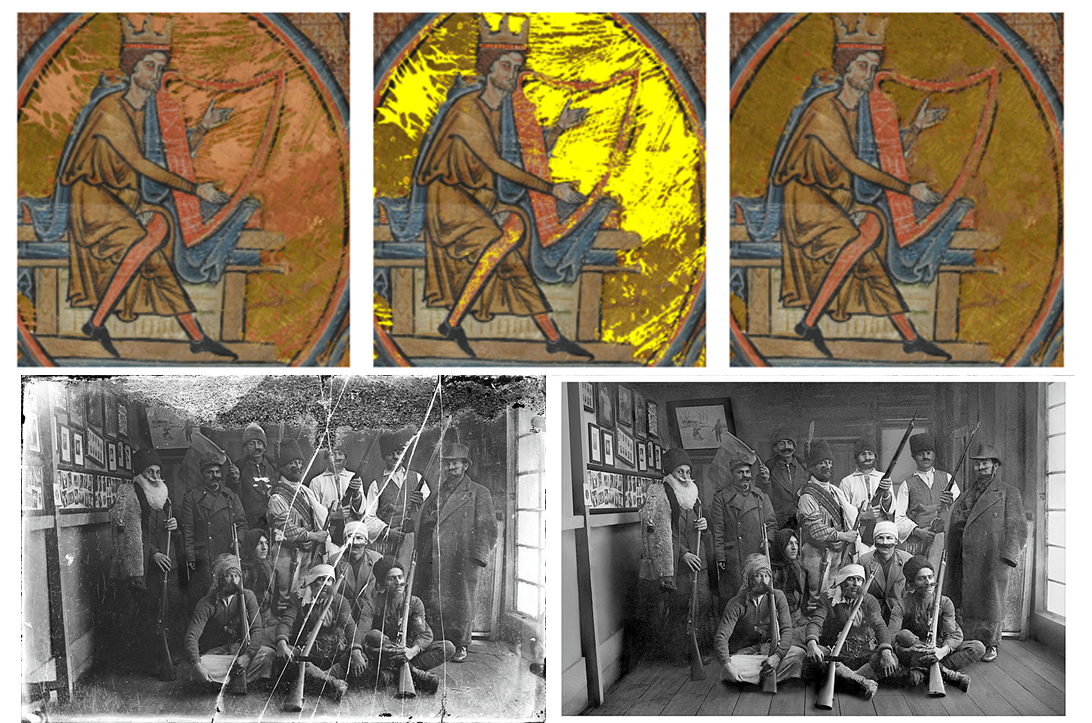🖼️ Preserving Art With AI
AI revolutionizes art conservation with spectral analysis, brushstroke recognition, and GANs for restoration.

Today's Highlights
- How AI is impacting art conservation and restoration
- This Week On BuzzBelow - a recap on this week's topics
- In Other News - a few interesting developments we're tracking
Artificial Intelligence (AI) is increasingly influencing various sectors, and the field of art conservation and restoration is no exception. Here are some ways that AI is changing art conservation and restoration:
Spectral Analysis for Pigment Identification
X-Ray Fluorescence (XRF) scanners emit X-rays that interact with the elements in the painting. The fluorescence (or secondary X-ray) emitted by the material is characteristic of its elemental composition. AI algorithms can analyze these signatures to deduce the elemental composition of different layers of paint. Bruker Corporation offers advanced X-ray fluorescence (XRF), used by conservationists for analyzing pigments and materials in artworks.
Automated Brushstroke Analysis
AI systems analyze high-resolution images to study brushwork. Techniques like edge detection and texture analysis help in identifying the unique style of an artist, which is crucial for authentication and understanding an artist's techniques. Thread Genius uses AI for visual recognition and analysis, including brushstroke analysis for art authentication.

Generative Adversarial Networks (GANs)
GANs are a type of neural network architecture where two networks, a generator and a discriminator, work in tandem. They can generate realistic images to fill in missing or damaged parts of artworks. The generator creates images, and the discriminator evaluates them, leading to highly accurate and realistic restorations. DeepArt utilizes GANs for artistic image recreation and transformation, a technology that can be adapted for restoration purposes.
In the realm of forgery detection and conservation, AI, particularly neural networks, have proven adept at analyzing nuances like brushstrokes and paint thickness. This ability to recognize subtle details of an artist's technique is crucial for both detecting forgeries and guiding the restoration process. A noteworthy example includes a project undertaken by Steven Frank, who developed an AI system for determining artwork authenticity.
AI's role in art conservation and restoration represents a perfect blend of technology and culture. It offers innovative solutions for preserving our artistic heritage while also presenting new ethical and practical challenges. As technology evolves, so too will the methods we use to safeguard our cultural treasures.
This Week on BuzzBelow

In Other News





